Org Chart
What is an Org Chart?
A visual framework for the organizational structure and internal hierarchies within a workplace. Typically broken down into departments, an org chart clearly lays out who reports to whom and who is responsible for what.
Example
Whenever I forget the chain of command, I check the org chart. It helps me remember who my boss’s boss is, and who that random email was from.
Frequently Asked Questions
- Who is responsible for creating an Org Chart?Once an organization has grown large enough or complex enough where it becomes helpful to have a visual representation of who does what, it’s time to create an Org Chart. Typically, this is created by a higher-up in the organization, often even the CEO or President – after all, they have both the highest-level knowledge of what the structure is as well as the vision for what purpose the structure serves.
- What are the benefits of an Org Chart?An Org Chart is beneficial for organizations for many reasons. It helps ensure that there’s a clear chain of command and accountability within the organization. It helps others understand exactly who reports to who else. It can help delineate which positions are responsible for which tasks or projects. Fundamentally, an Org Chart ensures that all levels of an organization are functioning in sync and communicating properly with each other.
- What are the different types of Org Charts?Org Charts can take many shapes and sizes, but 4 of the most common Org Chart structures are as follows:
- Hierarchical: A chart that positions the highest-ranking members of the organization at the top, with each subsequent tier reporting to the tier above.
- Matrix: A more complicated chart that tracks the responsibilities of each worker and how they intersect with other workers, teams, and divisions.
- Divisional: A chart that “silos” parts of the organization based on division, product segment, or business vertical.
- Flat: An explicitly non-hierarchical chart that shows all employees on the same level, simply delineated based on position and responsibilities.
- Should all employees be given access to an Org Chart? There’s always been debate about whether Org Charts should be distributed to all the employees of a company, or just kept on a need-to-know basis. The arguments for keeping an Org Chart private are that a company’s structure is proprietary information and if leaked to competitors, could give them an advantage in the market. The arguments in favor of distributing an Org Chart more widely are that it allows teams and employees the detailed structural information to work more efficiently, more confidently, and have a firmer understanding of the entire life-cycle of their work.
PEOPLE-CENTERED PLATFORMS FOR A CHANGING WORLD
The workplace is evolving faster than ever before thanks to new HR solutions, rapidly developing technology, ever-present digital security threats, and more, and you need a partner that will help your organization stay agile and on top of the moment.
From strategic talent management to the best onboarding technology, Rival offers secure platforms that enable people to thrive in a changing workplace. Contact Rival today to talk to an expert to see how we can help you attract the best talent and keep them on board and performing up to your expectations.


















